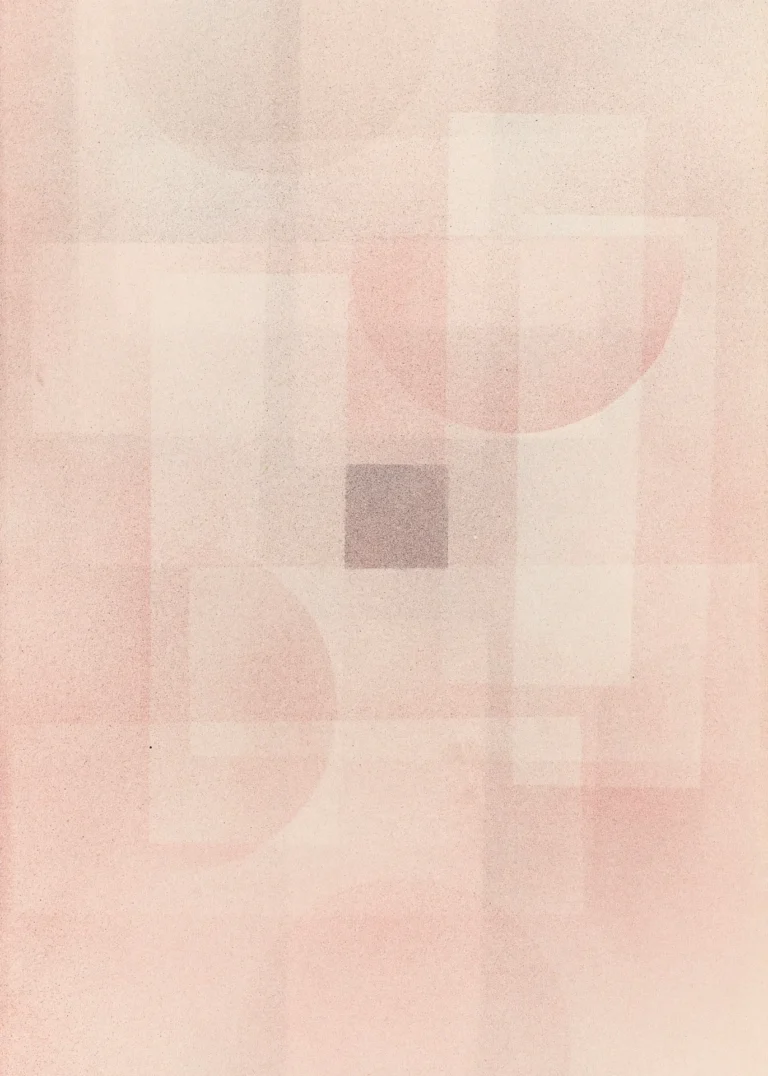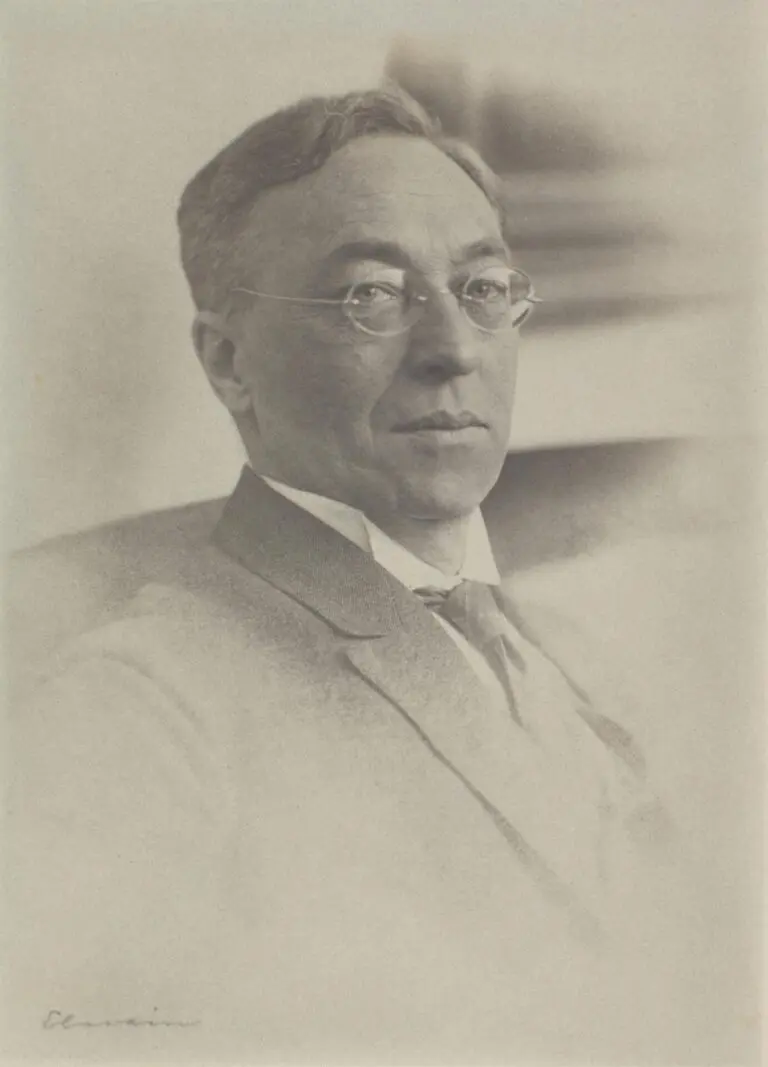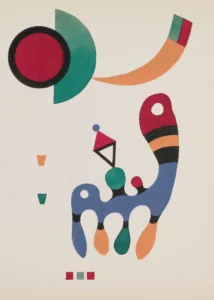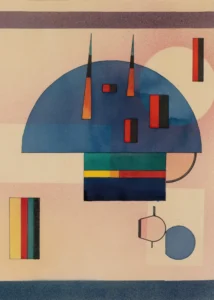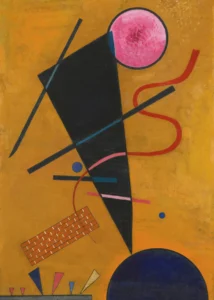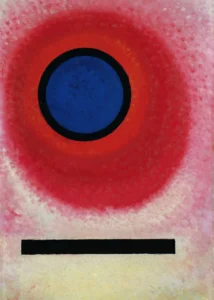Quadrat im Nebel (1932)
Created in 1932, Quadrat im Nebel (Square in the Fog) is a significant watercolor piece by the pioneering Russian painter Wassily Kandinsky. This artwork exemplifies his revolutionary contributions to abstract art, featuring a dynamic interplay of vibrant colors and geometric forms. Kandinsky's mastery of color is evident as he evokes emotion and spiritual depth, making it a celebrated work in the art community. Its placement in private collections further enhances its allure in the modern art market.
Year 1932
About the Artwork
Quadrat im Nebel reflects Kandinsky's passionate exploration of abstract forms and emotional resonance. In 1932, amidst a post-war European backdrop, Kandinsky was increasingly focused on how color and shape could be used to articulate feelings rather than depicting reality. This piece embodies his belief that art should resonate on a spiritual level, engaging the viewer's emotions through bold colors and abstract patterns. Much of his work sought to break free from traditional representation, and Quadrat im Nebel stands as a testament to that philosophy, as it captures the essence of his artistic journey at a crucial point in modern art history.
Did You Know
Wassily Kandinsky was deeply influenced by spirituality and believed that art should transcend the physical world, aiming to connect with the spiritual essence of human experience. His theories on the spiritual nature of art were encapsulated in his writings, including ‘Concerning the Spiritual in Art’.
Kandinsky is often regarded as a pioneer of abstract art. His works like Quadrat im Nebel helped to redefine artistic norms, steering art towards abstraction and away from representational forms, which has had a lasting impact on modern and contemporary art movements.
Kandinsky’s approach was influenced by various movements including Expressionism and Fauvism. His distinctive style paved the way for later artists, making him a key figure in the history of art. His legacy continues to inspire countless artists whose works follow in the footsteps of abstract expression.





